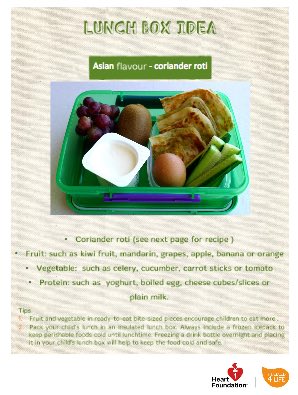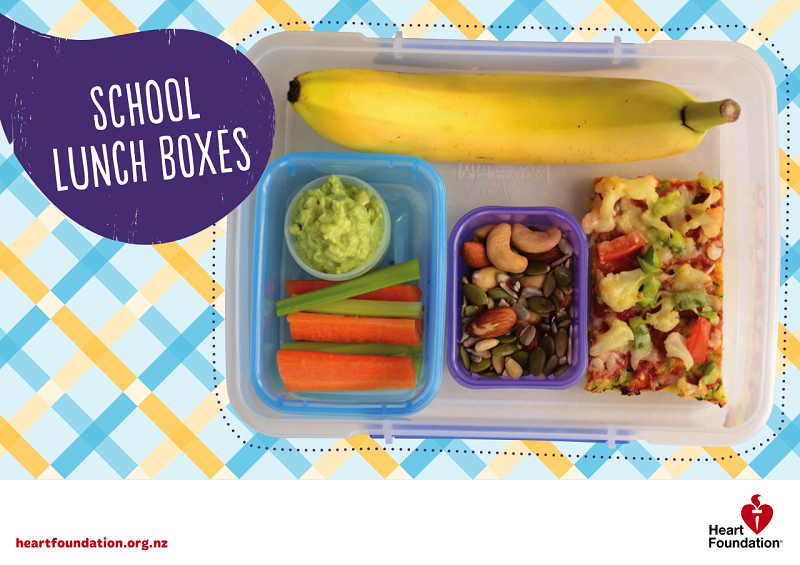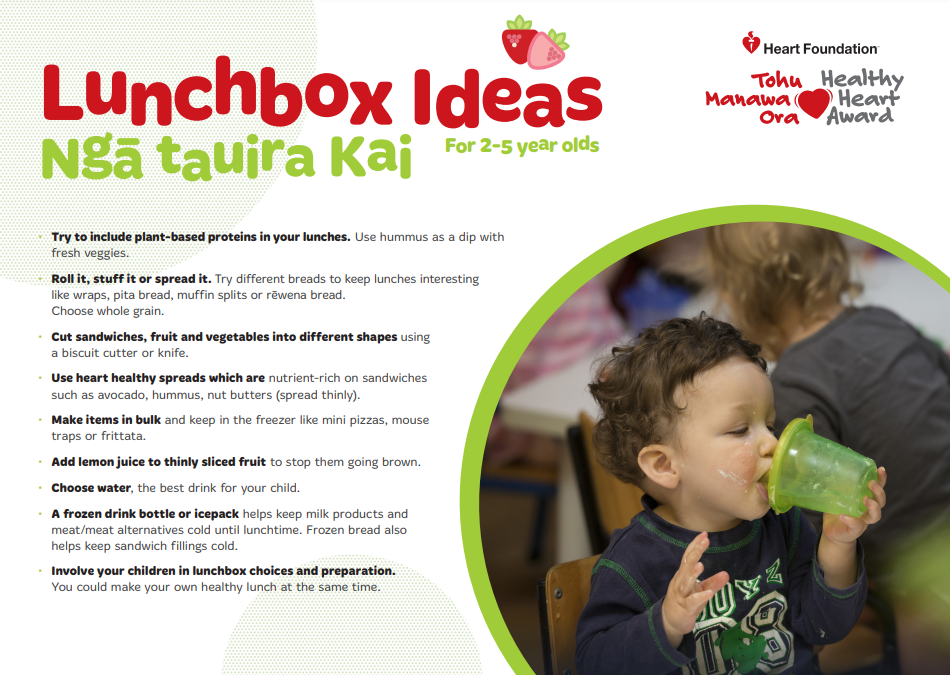9 top kids lunch box ideas
Is it healthy? Will they eat it? Does it end up in the rubbish bin? Have I given them too much or too little? Food that is healthy, sustains their energy and is yummy, will help power your child through their day and help them concentrate.
1. Get your kids involved
Asking your child what they like in their lunch box and discussing ideas helps involve them in the process. This makes them feel included and more likely to eat their food. It’s also a good opportunity to discuss what’s healthy and why it’s important to eat healthy food, especially over the course of a busy school day. You might be surprised with some of their inventive ideas!
In terms of the amount of food, you should have a general idea of how much they need. If in doubt, experiment with quantities and ask your child if they had too much or too little.
You can get them involved in making their own lunch as well, the fussier ones might be more inclined to eat what they've made themselves.
2. Get creative with fillings
Try adding some vegetables and protein to their sandwich, roll, wrap or pita bread. For example, if your child loves vegemite, try adding lettuce or tomato or a combination of other vegetables. Or for extra protein, try cheese, hummus, egg or cold meat such as chicken. If you don’t want their bread or wrap to go soggy, provide the fillings in a separate container and your child can add them in at lunchtime, which is also fun for them. Try adding in something different each day, a sandwich one day, a wrap the next, or perhaps a savoury muffin. 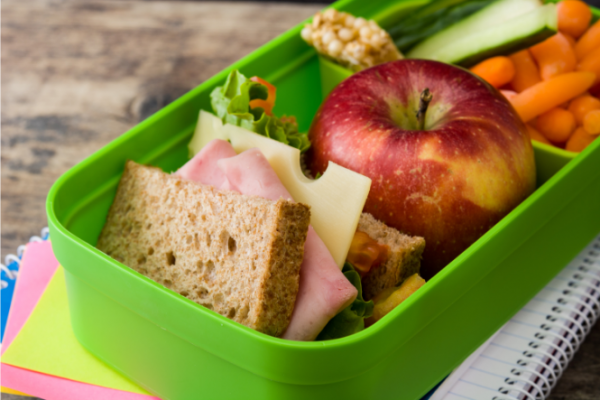
Image credit: Canva
3. Healthy food swaps
If your child is averse to brown or wholegrain bread try using a slice of white and a slice of brown together to encourage them to try a healthier option. Offer a small amount of dried fruit instead of a muesli bar, sugar-free jelly instead of cake, plain popcorn instead of potato chips. Read more about healthy food swaps.
4. Salad time
Why not make a salad? Or even a salad in a jar! Get your child to help you make it (or they can make it themselves) and allow them to help choose some or all of the ingredients. There’s a whole range of delicious in-season vegetables you could put in. Salads also provide an opportunity to add in seeds and nuts (provided the school allows nuts). Note that nuts, large seeds and pieces of hard vegetables (eg, apple, celery and carrot) can be a choking hazard for children under 5 years old. They can easily choke on or inhale (breathe in) chunks of food so be careful what you give them. With young tamariki soft foods are safer, eg smooth peanut butter, cooked or grated vegetables, finely chopped fruit. Read more about how to prepare foods for young children.(external link)
5. Fun shapes
Try cutting vegetables into fun shapes. For example, carrots or cucumbers cut into heart shapes really appeal to younger kids. Or try putting in small vegetable or fruit pieces that are easy to pick up. Cutting bread or cheese into fun shapes can help too for little ones.
6. Just add vegetables
Adding vegetables to muffins, fish cakes, pikelets or frittatas helps ensure your child is getting their 5+ A Day.(external link) If you’re making these for dinner, make some extras and then you have them ready for the next day’s lunch box.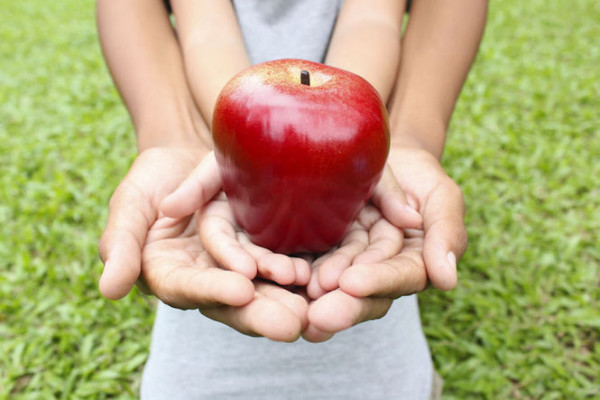
Image credit: Canva
7. Dried fruit/sweet treats
Easy snacks like dried fruit and raisins appeal to children. But remember these are high in sugar so should be considered a treat and not an everyday snack. Again, they can be hard and can cause small children to choke so chop them up small if you are going to give them to under 5s.
Homemade cakes, muffins, slices and bliss balls are all lunch box treats that are fun to make together. Check out some of these healthy recipe ideas. Limit the amount of sugar you use when making them or look for healthy sugar alternatives. Homemade is better for you than store-bought versions, which can be high in sugar, salt, preservatives and additives.
8. Not all crackers are the same
It helps to become a bit of a label reader when sorting our what’s best to pop into the lunch box. Crackers come in all forms, so look for ones that are low in saturated and trans fats and salt. There are lots with under 10% fat – under 5% is best. Varieties with fibre and wholegrains can be good choices, and some crackers are even gluten free. Don’t overdo the number you give them, try four or fewer if high in fat/salt, and find healthy toppings like hummus, tomato salsa, cream cheese, vegemite and maybe a little hard cheese with a gherkin on top.
9. Cool yoghurt for a protein hit
Yoghurt is a great lunch box option, provided it’s low in sugar and fat. Fresh fruit can be added to plain, unsweetened, low-fat yoghurt, or alternatively, you can make your own yoghurt from scratch. A cooler bag or cup helps to keep yoghurt appetising.
And remember, water is the best option for their drink bottles. If they’re looking at you with imploring eyes for something more interesting, try adding a dash of lemon or lime juice, or a herb such as mint, for a touch of flavour. They’ll get used to drinking water, or cold unflavoured milk if that’s all you offer them!
Apps reviewed by Healthify
You may find it useful to look at some Nutrition apps for children.



